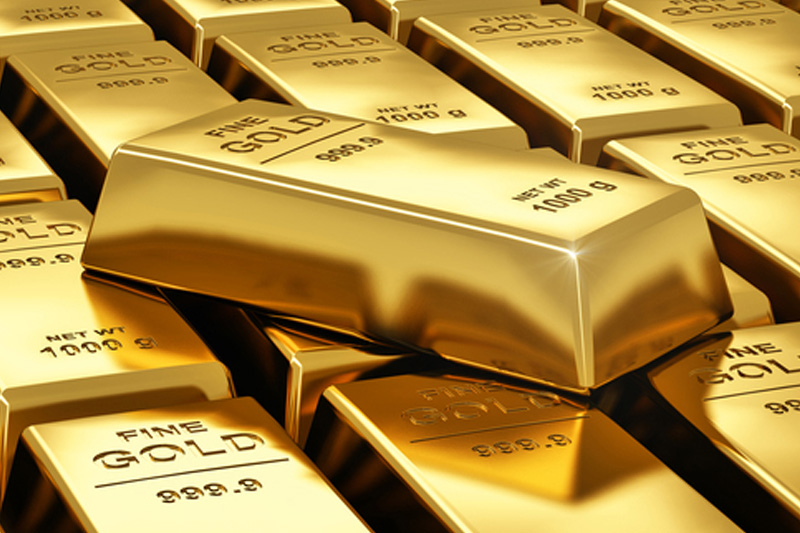Gold Below $1,750, Down 7th Straight Session as Dollar Climbs and Climbs
2022.08.22 23:02

By Barani Krishnan
Investing.com — Speculation that the Fed will opt for a 75-basis point rate hike in September, instead of 25-bps, sent the dollar rallying for a fourth day in a row and to a six-week high. That sent gold to its seventh straight lower close and below another key support level.
December gold finished Monday’s session at $1,748.40, down $14.50, or 0.8%. Since its last positive close on Aug 12, the benchmark gold futures has lost just over $67 or 3.7%.
The spot price of bullion, more closely followed than futures by some traders, was at $1,735.55 by 15:38 ET (19:38 GMT).
The Dollar Index which pits the greenback against six majors led by the euro, hit a six-week high of 109.02.
Gold’s latest slide came as investors awaited insights on the future path of interest rates from a speech to be delivered by Federal Reserve Chair Jerome Powell at the central bank’s annual conference in Jackson Hole, Wyoming on Friday.
Powell’s speech could shake up markets, with the rally in U.S. equities already showing signs of slowing. U.S. economic data will be in the spotlight as fears over the prospect of a recession linger. Meanwhile, PMI data out of the Eurozone and the U.K. is expected to point to further slowdowns in business activity.
“Gold prices are weakening as king dollar returns as investors brace for a potentially hawkish speech by Fed Chair Powell at the Jackson Hole Symposium,” said Ed Moya, analyst at online trading platform OANDA.
“Gold will eventually settle on a trading range, but it seems the floor might be a little lower as the risks of energy and food inflation could keep the Fed remaining aggressive with rate hikes into the new year.”
The Fed has hiked interest rates by 225 basis points since March in a bid to battle inflation which is running at the highest in four decades.
Fed policymakers have reiterated that there is still a way to go in their inflation fight, pushing back on expectations of a peak in inflation and a so-called dovish pivot, one narrative that has helped boost stocks.
Last week’s Fed minutes showed that while the size of the September rate hike is still in play, policy-makers felt there was little evidence so far that inflation pressures are subsiding.
Powell is likely to remind investors that with one more inflation report and another employment report still to come before the September meeting officials still have time to decide how large that rate hike should be.
The economic calendar for the coming week features July figures on personal income and spending, which includes the personal consumption expenditures price index, the Fed’s preferred measure of inflation.
In the 12 months through June, the PCE price index advanced 6.8%, the largest increase since January 1982.
Other data points include figures on revised second-quarter gross domestic product, which initially showed a contraction of 0.9%.
There will also be reports on durable goods orders, initial jobless claims, and PMI data for July. Meanwhile, data on new home sales will shed more light on the cooling housing market.








